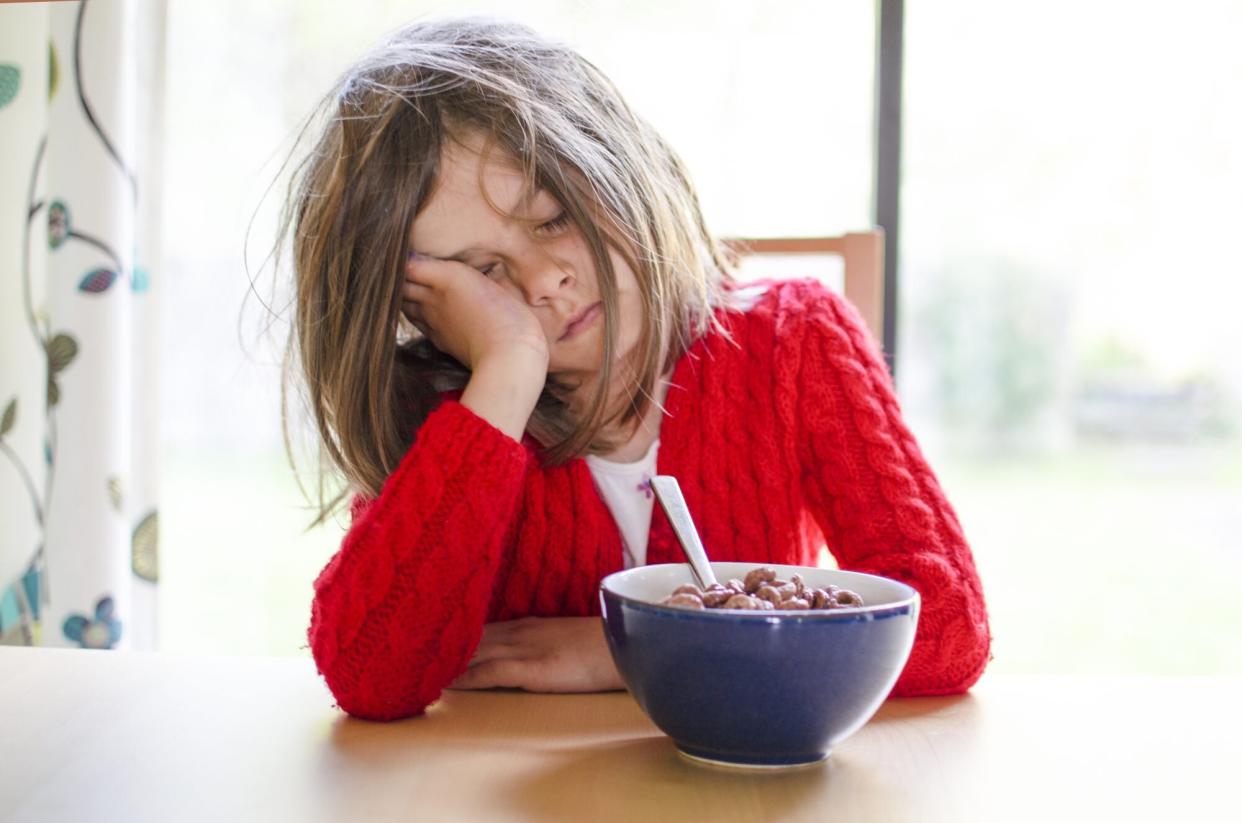Why Do We Still Have Daylight Saving Time—Seriously?

For more than 100 years, Daylight Savings Time—or, more accurately, Daylight Saving Time (DST)—has been a "thing." The time-based event occurs twice a year. During this period, we "lose" or "gain" an hour of sun, or light. The reason for this is purely economical. During World War I, DST was introduced in an effort to conserve energy and reduce coal consumption. And while Daylight Savings Time has a longstanding history, it is, without a doubt, one our nation's most polarizing events. Some love it. Most loathe it, particularly parents—who often find themselves cursing at the clock.
"It's already such a battle to get small people to follow their internal rhythm for bedtime. It'd be great if things could get less complicated," Holly Catherine, a mother and parenting writer, shares.
"It's the worst and completely pointless," Stephanie Alba, a New York-based mother of two, says. "We don't need to do it anymore. I feel like it just messes with patterns, and not just my kids." And Gail Hoffer-Loibel, a fellow writer and parent, agrees.
"Daylights Savings Time is an archaic, useless concept that is long overdue for annihilation" Hoffer-Loibel says.
But what does Daylight Saving Time do and why do we still have this (seemingly antiquated) system in place? From the pros and cons of Daylight Saving Time to a current petition to eliminate it, here's everything we know about DST.
What Is Daylight Saving Time?
Daylight Saving Time, or DST, is the practice of advancing the clocks during warmer months so that darkness falls at a later time. During DST, the clock moves forward—or rolls back—an hour. This means that we "gain" or "lose" one hour in a 24-hour period.
When Is Daylight Saving Time 2022?
Daylight Saving Time will start at 2:00 a.m. local time on Sunday, March 13, 2022. It will end on November 6, also at 2:00 a.m.
Why Do We Have Daylight Saving Time?
The reasoning behind Daylight Saving Time is both simple and complex. First introduced in the 1700s by Benjamin Franklin, Daylight Saving Time was seen a way to reset clocks during the summer months to conserve energy, according to the book Seize The Daylight. In 1895, George Hudson, an entomologist from New Zealand, proposed a two-hour time shift so he'd have more time after work to go bug hunting. (True story.) Hudson suggested moving clocks ahead two hours in October and then back two hours in March. However, DST wasn't used (in practice) until the first World War, when the German Empire set clocks ahead one hour to save fuel for the war effort. During World War II, "war time" was adopted by the United States.
But why do we still have Daylight Saving Time? Because observing it is the law. In 1966, DST was established with passage of the Uniform Time Act. (No, it's not due to farming. A popular misconception.)
Will Daylight Saving Time Be Eliminated?
If you're a parent—particularly the parent of a young child—you've probably asked yourself this question a dozen times, especially between the hours of 2:00 and 5:00 a.m. I still recall the abject horror of being woken at 3:00 a.m. a few years back to feed my toddler, who didn't care about sunrise or sunset and didn't know how to read a clock. And while there is a petition to end Daylight Saving Time, one which has garnered more than 200,000 signatures, nothing can be changed without congressional approval.
"In the last four years, 19 states have enacted legislation or passed resolutions to provide for year-round daylight saving time, if Congress were to allow such a change," Jim Reed of the National Conference of State Legislatures previously told USA Today. However, in order for these acts to be considered, there would first need to be a change to federal law. Congressional approval would then be required.
Pros and Cons of Daylight Saving Time
While many individuals, particularly parents, know the "cons" of Daylight Saving Time, it's not all bad. Below we break down the good, bad, and ugly.
Pros of Daylight Saving Time
Longer evenings. While moving the clock forward one hour doesn't create more daylight, it does change the time the sun rises and falls. This means that when we "spring forward," we gain an hour of light in the evening.
Less artificial light. The theory here is that with more sunlight during your waking hours, less artificial light is used—a bonus of your wallet and mood.
Cons of Daylight Saving Time
Affects your sleep schedule. Because the clocks literally change during DST—springing forward (or falling back) one hour—our sleep schedule is affected. Many individuals experience drowsiness or grogginess the morning after. Toddlers wake at their usual, pre-change time. This means that if your child was a 6:00 a.m. riser, they will be up at 5:00 a.m. And the impacts of DST can be felt for weeks or, in some cases, months.
May make you sick. Believe it or not, DST can make you sick. Studies have linked DST to car accidents, workplace injuries, suicide, and miscarriages. This is due to excessive sleepiness and/or mental and physical exhaustion. Some also experience depression when DST ends, due to a lack of evening light.

